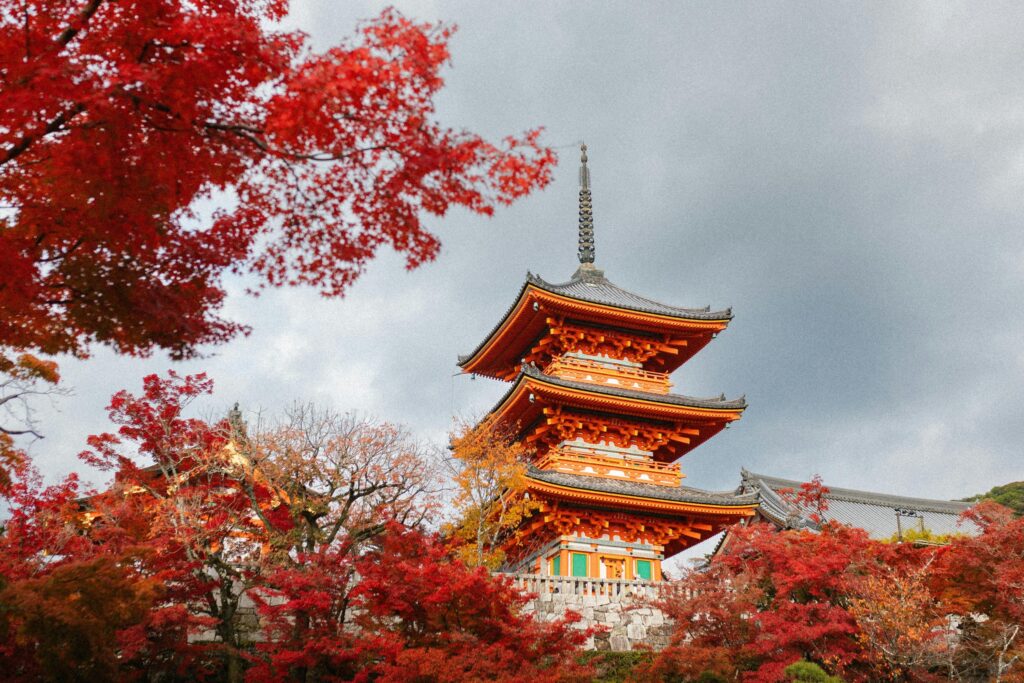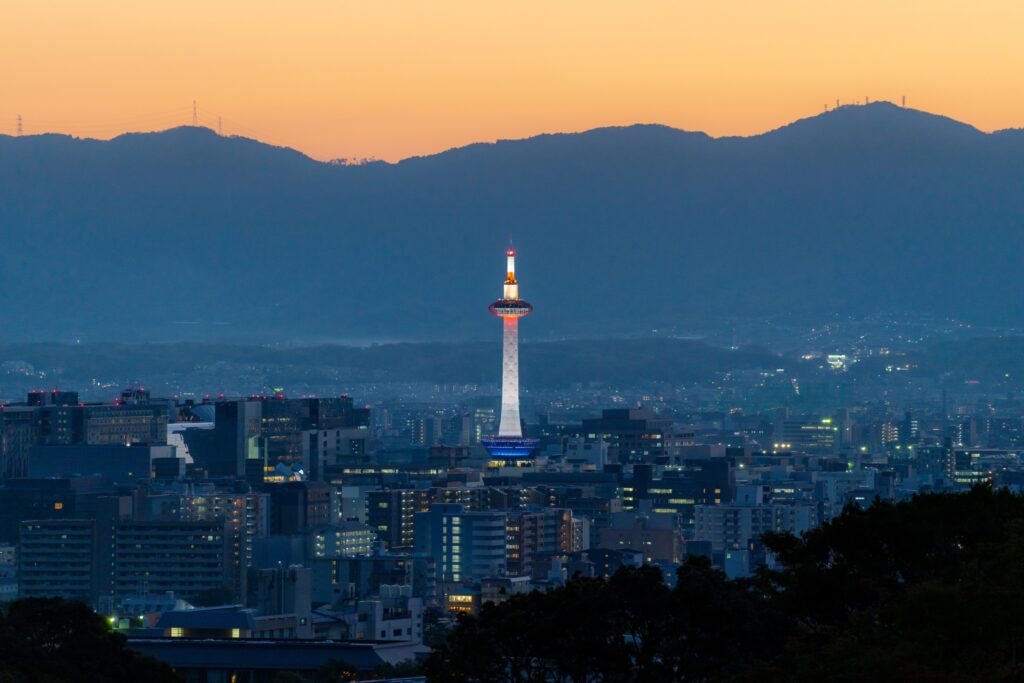
A Journey Through Tradition: Why Kyoto Continues to Captivate Travelers Worldwide
Kyoto stands as one of Japan’s most treasured destinations, attracting travelers who seek history, culture, and meaningful immersion rather than fast-paced city life. While Tokyo represents modern Japan with its dazzling skyline and technological energy, Kyoto offers a gentler rhythm rooted in centuries of tradition. Visitors find themselves surrounded by ancient temples, serene gardens, wooden machiya houses, and seasonal beauty that transforms the city’s atmosphere throughout the year. Whether travelers arrive for cherry blossoms, autumn foliage, or the peaceful pace of daily life, Kyoto delivers an experience that feels timeless.
The city’s charm lies not only in its cultural landmarks but in the way it seamlessly blends old and new. Tea houses, craft markets, and artisan workshops sit alongside modern cafés, boutique hotels, and contemporary art spaces. This balance appeals to travelers seeking depth, authenticity, and a deeper understanding of Japan’s rich heritage. As global tourism continues recovering, Kyoto stands out as a destination that offers both tranquility and adventure, making it increasingly recommended among travelers planning culturally focused journeys.
Historic Temples and Shrines: A Window Into Japan’s Spiritual Heart
Kyoto is home to more than a thousand temples and shrines, many of which are UNESCO World Heritage Sites. Places like Kiyomizu-dera, Fushimi Inari Taisha, Ginkaku-ji, and Ryoan-ji attract visitors seeking spiritual reflection and architectural wonder. These sacred landmarks provide insight into Japan’s Buddhist and Shinto traditions, offering travelers a rare opportunity to engage with centuries-old rituals and serene surroundings. Each temple carries its own story, from hillside sanctuaries overlooking the city to intimate, lesser-known shrines tucked within quiet neighborhoods.
Visitors often describe the experience as peaceful and grounding. Walking through vermillion torii gates, listening to the soft chime of temple bells, or observing monks performing daily rituals allows travelers to disconnect from fast-paced life and reconnect with a sense of inner calm. These experiences embody immersive cultural travel experiences, where history and spirituality intersect in a way that resonates deeply with modern travelers. As people worldwide continue searching for meaningful, restorative journeys, Kyoto’s temples remain a cornerstone of its appeal.
Seasonal Beauty: Kyoto’s Ever-Changing Landscape
One of Kyoto’s most captivating features is its dramatic seasonal transformation. Each season brings a new personality to the city, creating travel experiences that feel unique no matter when visitors arrive. In spring, cherry blossoms blanket parks, riverbanks, and temple grounds with soft pink petals, creating a dreamy atmosphere that draws travelers from across the world. Summer brings traditional festivals like Gion Matsuri, where vibrant parades, lanterns, and cultural performances highlight the city’s living traditions.
Autumn is perhaps Kyoto’s most breathtaking season, with fiery red and gold leaves surrounding historic temples and mountain trails. Travelers often plan trips specifically to witness the fall foliage, which transforms the city into a natural masterpiece. Winter brings quiet charm—snow-dusted shrines, warm tea houses, and peaceful, crowd-free streets. Kyoto’s seasonal diversity keeps tourism consistent throughout the year and offers visitors endless opportunities to experience its natural beauty in new and memorable ways.
Gion and the Art of Geisha Culture
Gion, Kyoto’s most iconic district, is famous for its cobblestone streets, wooden townhouses, and traditional tea houses where geisha and maiko (apprentice geisha) continue practicing centuries-old performing arts. Unlike the exaggerated portrayals seen in media, Kyoto’s geisha culture is rooted in discipline, elegance, and history. Performances include dance, singing, poetry, and musical mastery, offering a rare glimpse into a world preserved with remarkable care.
Travelers who explore Gion respectfully often witness subtle moments of cultural beauty: a maiko adjusting her kimono under a lantern’s glow, the soft rustle of traditional geta sandals, or the quiet atmosphere of evening tea houses. These experiences connect visitors to Kyoto’s human history in a profound way. The district represents an art form that is both delicate and resilient—an embodiment of Japan’s commitment to cultural preservation. For travelers seeking authenticity, Gion stands as a reminder of how deeply tradition runs through Kyoto’s identity.
Local Cuisine: A Culinary Journey Through Kyoto’s Flavors
Food is central to Kyoto’s cultural richness. The city is known for its refined culinary traditions, including kaiseki, a multi-course dining experience that highlights seasonal ingredients and precise craftsmanship. Each dish is delicately prepared to reflect nature, history, and artistic expression. Kaiseki meals often feature tofu dishes, river fish, bamboo shoots, matcha desserts, and local vegetables cultivated specifically for Kyoto’s cuisine.
Beyond fine dining, Kyoto offers comforting everyday foods that reveal its local character. Nishiki Market, often called “Kyoto’s Kitchen,” showcases pickled vegetables, sesame treats, fresh seafood, traditional snacks, and artisanal sweets. Travelers also explore cozy cafés, tea houses, and specialty restaurants that incorporate history into every bite. Whether someone is trying savory yuba, warm mochi, or fragrant matcha tea, Kyoto’s culinary landscape offers a sensory journey that complements its historical charm. It adds a layer of depth to the city’s identity, giving visitors delicious ways to connect with local life
Modern Kyoto: Where Innovation Meets Tradition
Although Kyoto is widely celebrated for its historical treasures, the city also embraces modernity in thoughtful and forward-looking ways. It is home to technological research centers, contemporary art galleries, upscale hotels, and creative design studios. Travelers often appreciate how seamlessly traditional wooden homes exist beside stylish cafés or how centuries-old streets lead to modern shops selling crafts made with both traditional and contemporary techniques.
Kyoto’s transportation network also enhances the travel experience. Clean, reliable buses and trains make it easy to explore various districts, mountains, temples, and neighboring towns. The city’s blend of innovation and preservation aligns with global perspective journalism, reflecting broader trends where destinations evolve without losing their cultural essence. For travelers seeking depth, Kyoto offers the perfect balance: a city rooted in the past yet fully engaged with the future, combining respect for heritage with a welcoming sense of modern exploration.

Conclusion: Why Kyoto Remains a Timeless, Inspiring Travel Destination
Kyoto continues to stand out as one of the world’s most captivating cultural destinations because it offers experiences that appeal to both the heart and the mind. Its blend of serene temples, seasonal beauty, preserved traditions, and modern creativity creates a travel environment that feels meaningful, authentic, and deeply human. Visitors can immerse themselves in spiritual rituals, explore historic districts, taste generations-old cuisine, and witness art forms that survive only in this corner of Japan. Beyond its cultural depth, Kyoto’s warm hospitality and gentle pace allow travelers to slow down and appreciate life from a more reflective perspective. As global tourism evolves toward more intentional, experience-driven journeys, Kyoto remains a model for how destinations can honor their roots while welcoming new generations of explorers. For anyone seeking a place where tradition, beauty, and personal growth intersect, Kyoto offers a journey that lingers long after the trip ends.
